The article delineates ten pivotal trends that are currently shaping the food and beverage hospitality industry. These trends encompass:
Each trend not only underscores the industry's response to evolving consumer demands but also highlights significant technological advancements. This dynamic interplay illustrates how businesses can effectively enhance customer engagement, operational efficiency, and brand loyalty, particularly in a competitive market landscape.
The food and beverage hospitality industry is currently navigating a transformative landscape, shaped by evolving consumer preferences and innovative practices. As businesses strive to remain competitive, they must embrace key trends that not only enhance operational efficiency but also elevate customer experiences. How can restaurants and food service providers effectively adapt to these changes while ensuring sustainability, personalization, and engagement in their offerings? This article delves into ten pivotal trends that are redefining the industry, offering insights into how organizations can thrive in this dynamic environment.
Lights On is revolutionizing revenue management in the . By leveraging data analytics and tailored marketing strategies, the company empowers clients to optimize pricing and enhance demand generation. This approach not only increases occupancy rates but also , establishing Lights On as a vital partner for hotels and restaurants in the food and beverage hospitality industry striving to excel in a competitive landscape.
Furthermore, with a focus on maximizing reach through both paid and organic exposure, unifying brand voice across digital assets, and enhancing advertising quality, Lights On ensures that clients distinctly stand out in the market. Their proven track record, highlighted by an impressive average year-over-year revenue growth of 47%, underscores the effectiveness of their strategies in driving financial performance and fostering customer loyalty.
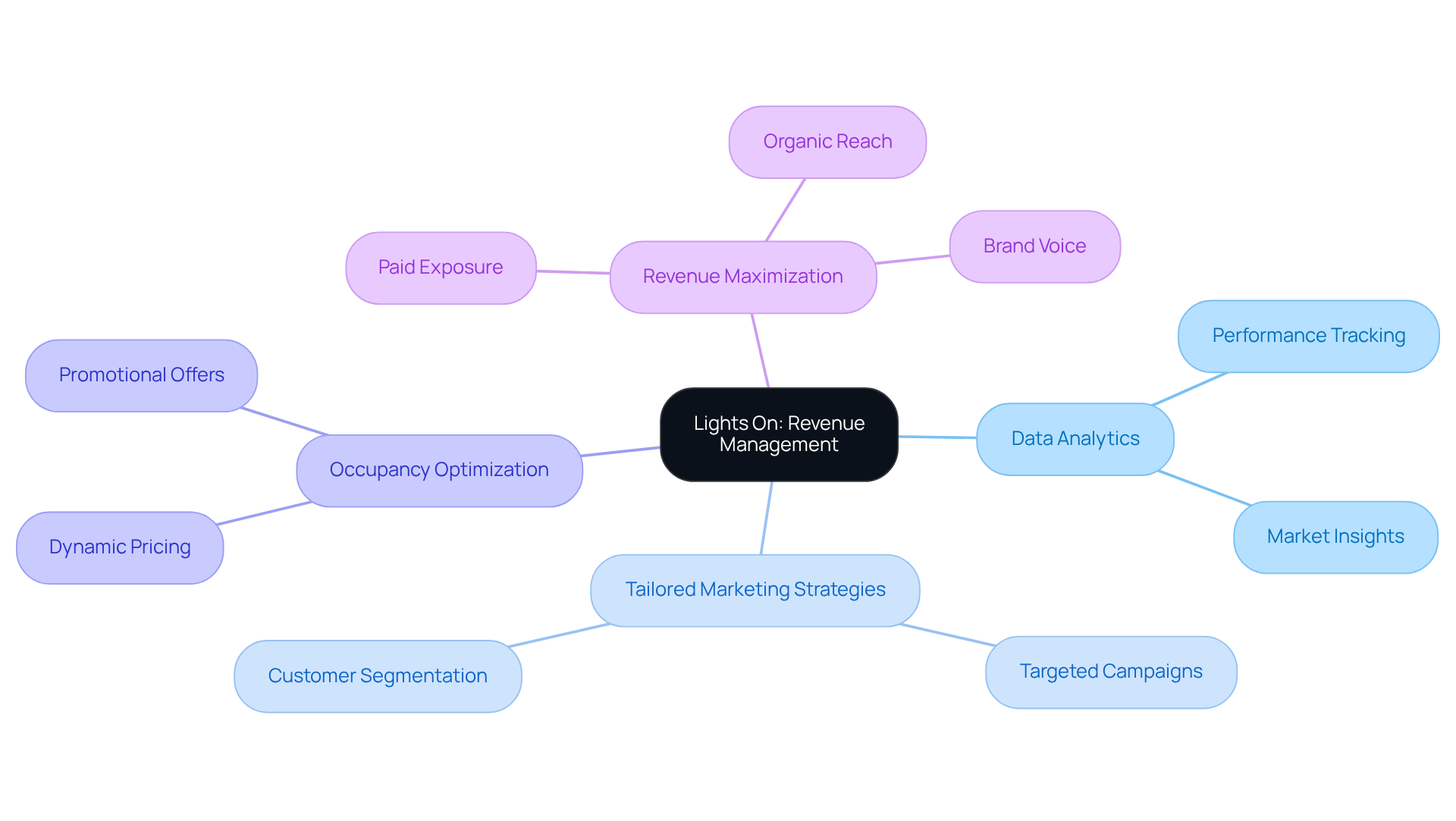
Sustainability has emerged as a pivotal force in the beverage industry, compelling shoppers to increasingly favor brands that prioritize environmentally friendly practices. Businesses are responding to this shift by:
These actions effectively adopt to meet customer demand. Furthermore, this trend not only aids in cultivating a but also plays a crucial role in ensuring . Companies that wholeheartedly embrace sustainability are poised to attract a dedicated customer base that values ethical consumption, thereby significantly enhancing their market position.
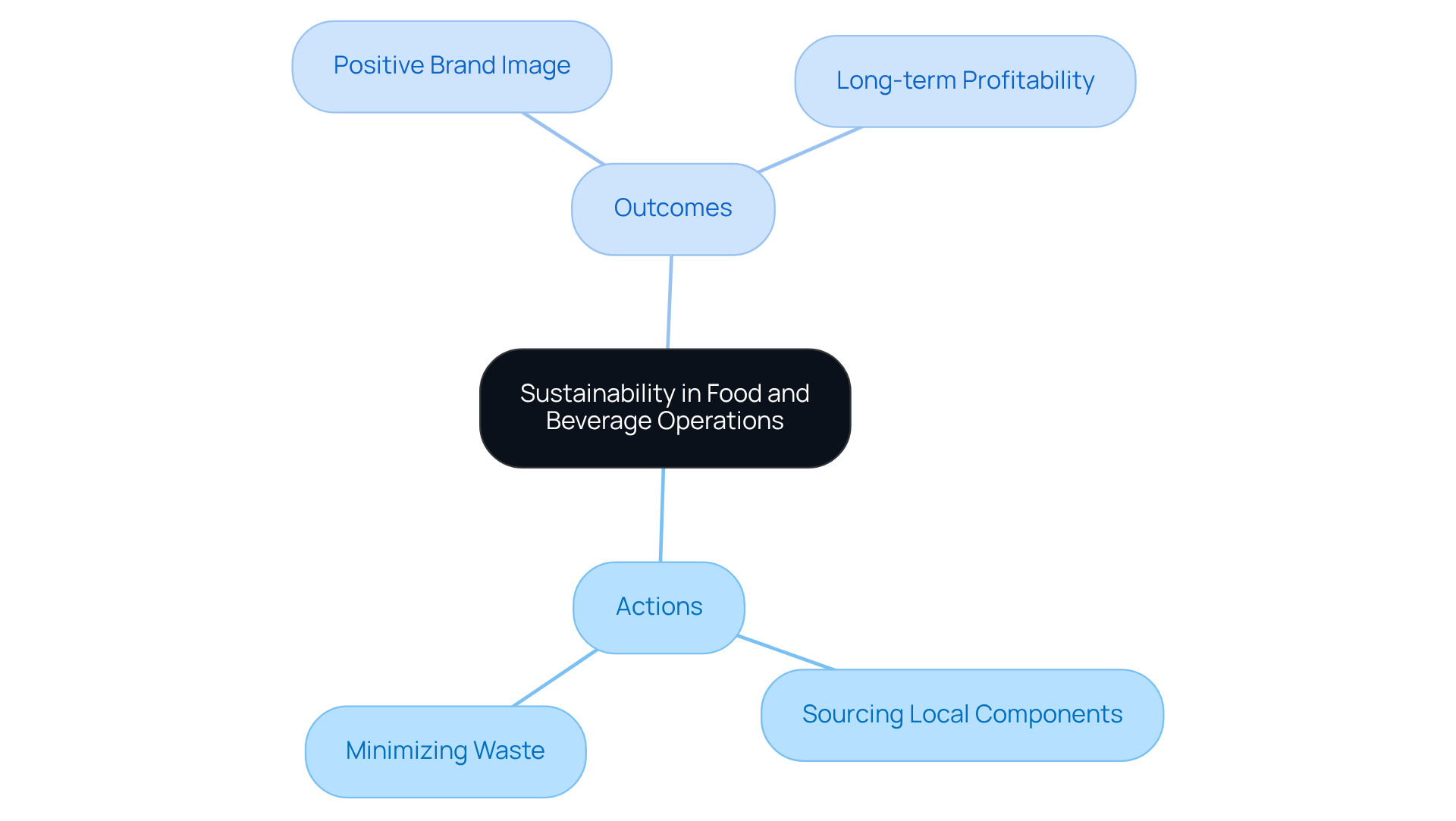
The demand for plant-derived options is surging as increasingly seek nutritious and . are responding by integrating more plant-based dishes into their menus, effectively catering to the expanding demographic of flexitarians and vegans. This strategic shift not only aligns with prevailing consumer health trends but also addresses the linked to meat production. By offering a diverse array of , businesses can attract a broader audience and enhance satisfaction among their patrons.
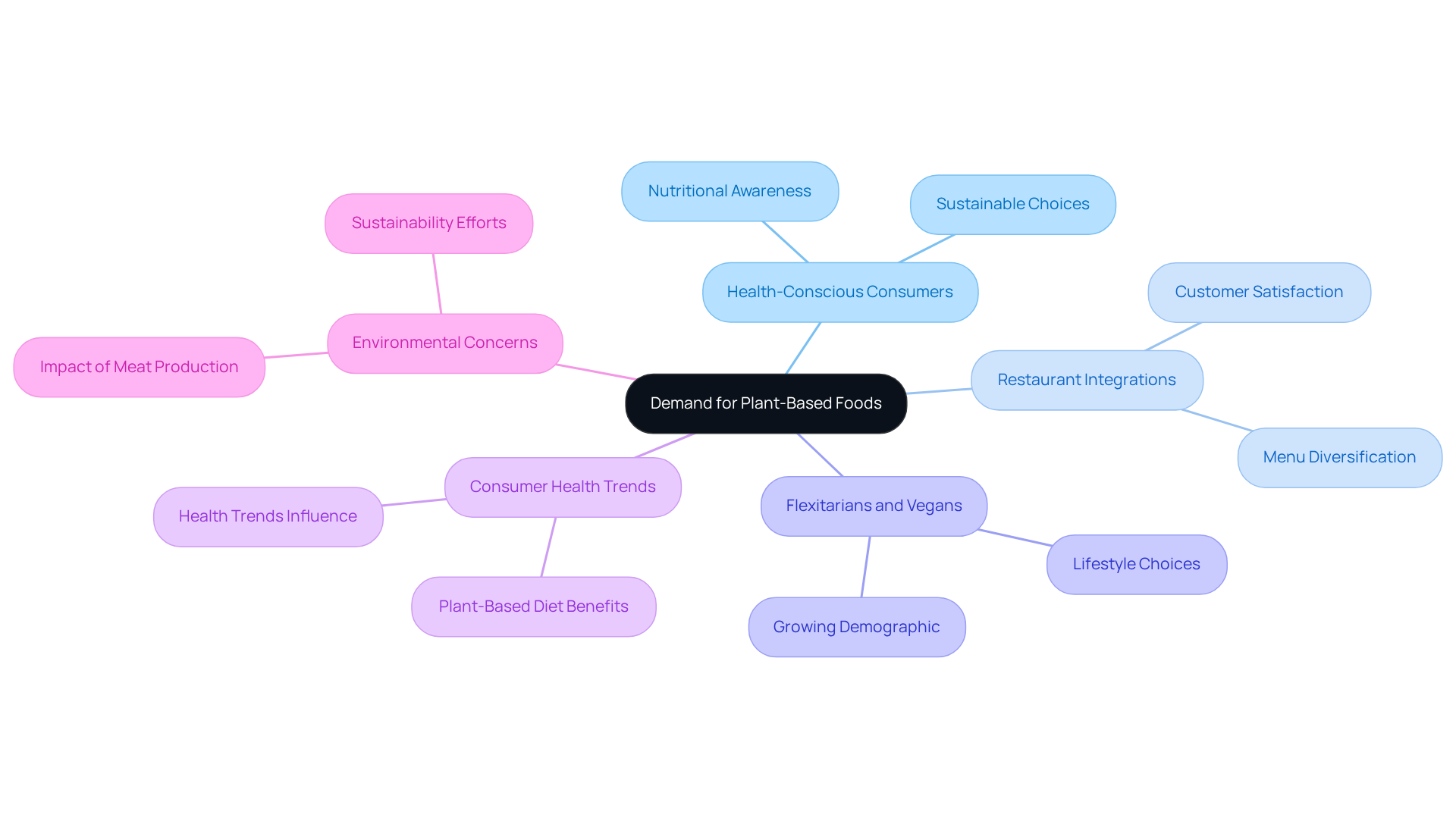
Digital transformation is revolutionizing the food and beverage hospitality industry by significantly enhancing guest engagement and . Technologies such as AI, mobile applications, and online ordering systems are streamlining processes while elevating the user experience. In this digital age, have become essential for restaurants aiming to maximize their reach and unify their brand voice.
By leveraging like Lights On, organizations can enhance advertising quality and foster through intelligent techniques such as:
Embracing these digital tools not only boosts operational efficiency but also fortifies relationships with customers, ultimately and encouraging repeat business.

is increasingly vital as consumers pursue dining options that align with their specific health goals and dietary preferences. In the , restaurants and food service providers are responding effectively by offering that cater to diverse dietary needs, including:
Furthermore, by embracing personalized nutrition, businesses can significantly enhance customer satisfaction and loyalty, as diners value the opportunity to tailor their meals to fit their individual lifestyles. This shift not only meets consumer demand but also positions restaurants within the food and beverage hospitality industry to stand out in a .
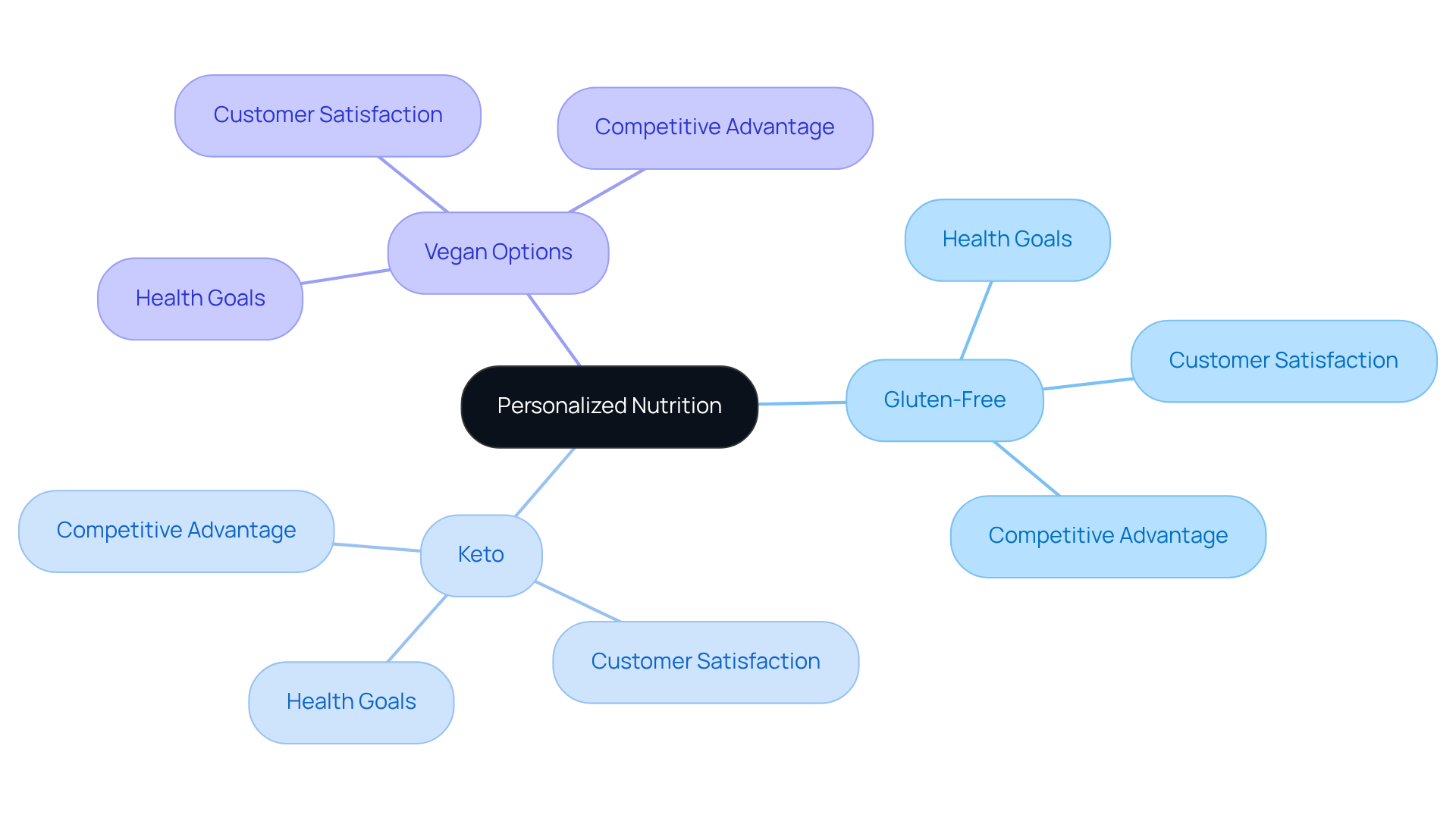
Functional health products, which provide additional health benefits beyond basic nutrition, are increasingly capturing consumer interest. Items such as fortified foods, probiotics, and superfoods are not just trends; they are becoming essential components of the .
By integrating these products into their offerings, businesses can effectively respond to the surging demand for . This shift not only attracts health-conscious individuals but also positions brands as frontrunners in the wellness sector, thereby enhancing their .
Furthermore, embracing this trend can significantly elevate a brand's market presence, making it imperative for industry players to adapt and innovate.
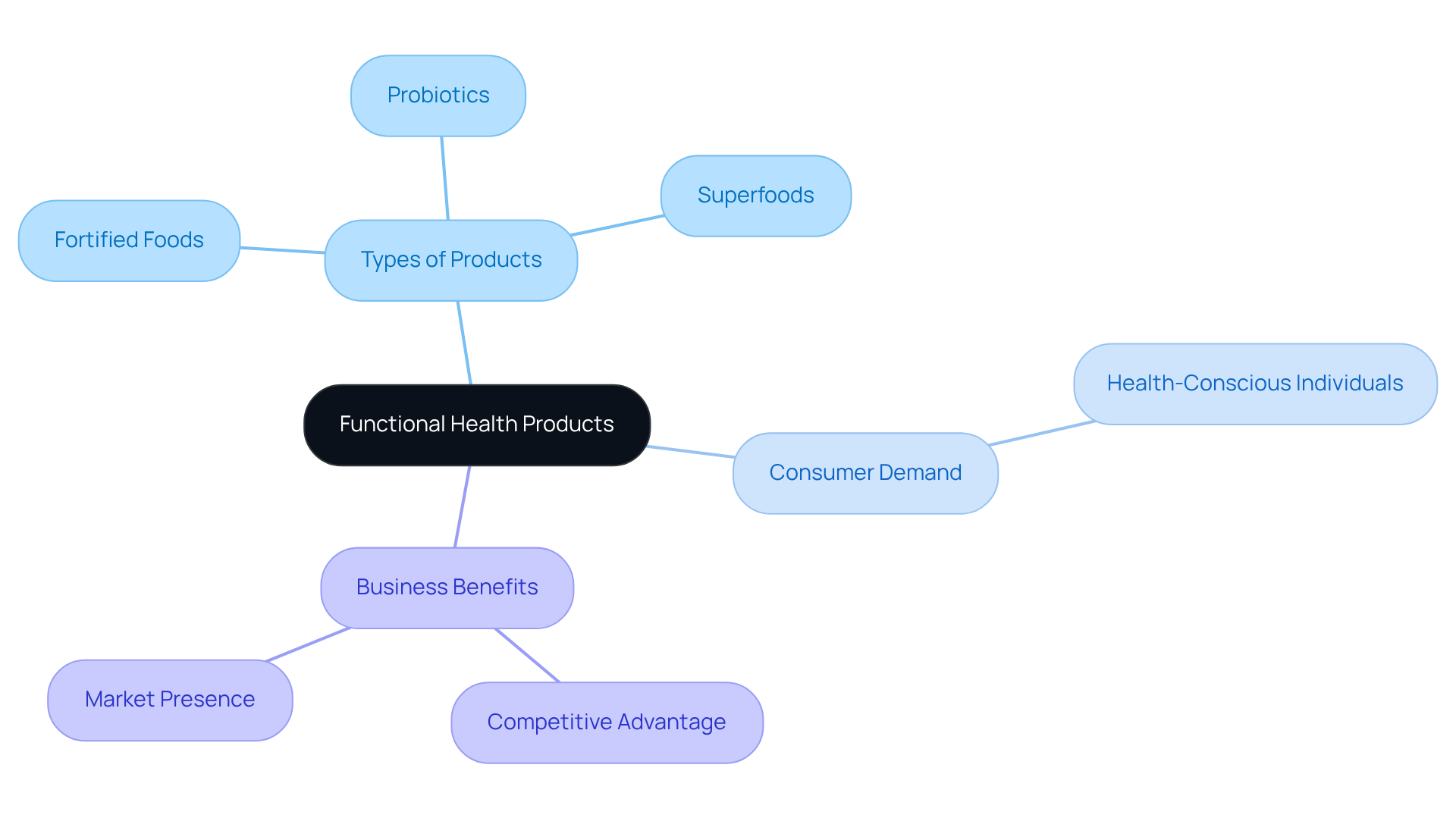
Clarity in sourcing products is increasingly pivotal in buyer decision-making. As diners become more aware of the origins of their meals, they actively seek brands that provide and ingredient quality. By embracing transparent practices, businesses can —an essential component for long-term success. This trend not only enhances brand reputation but also meets the growing demand for . Furthermore, adopting these practices can position your establishment as a leader in the market, appealing to conscientious consumers who prioritize transparency.
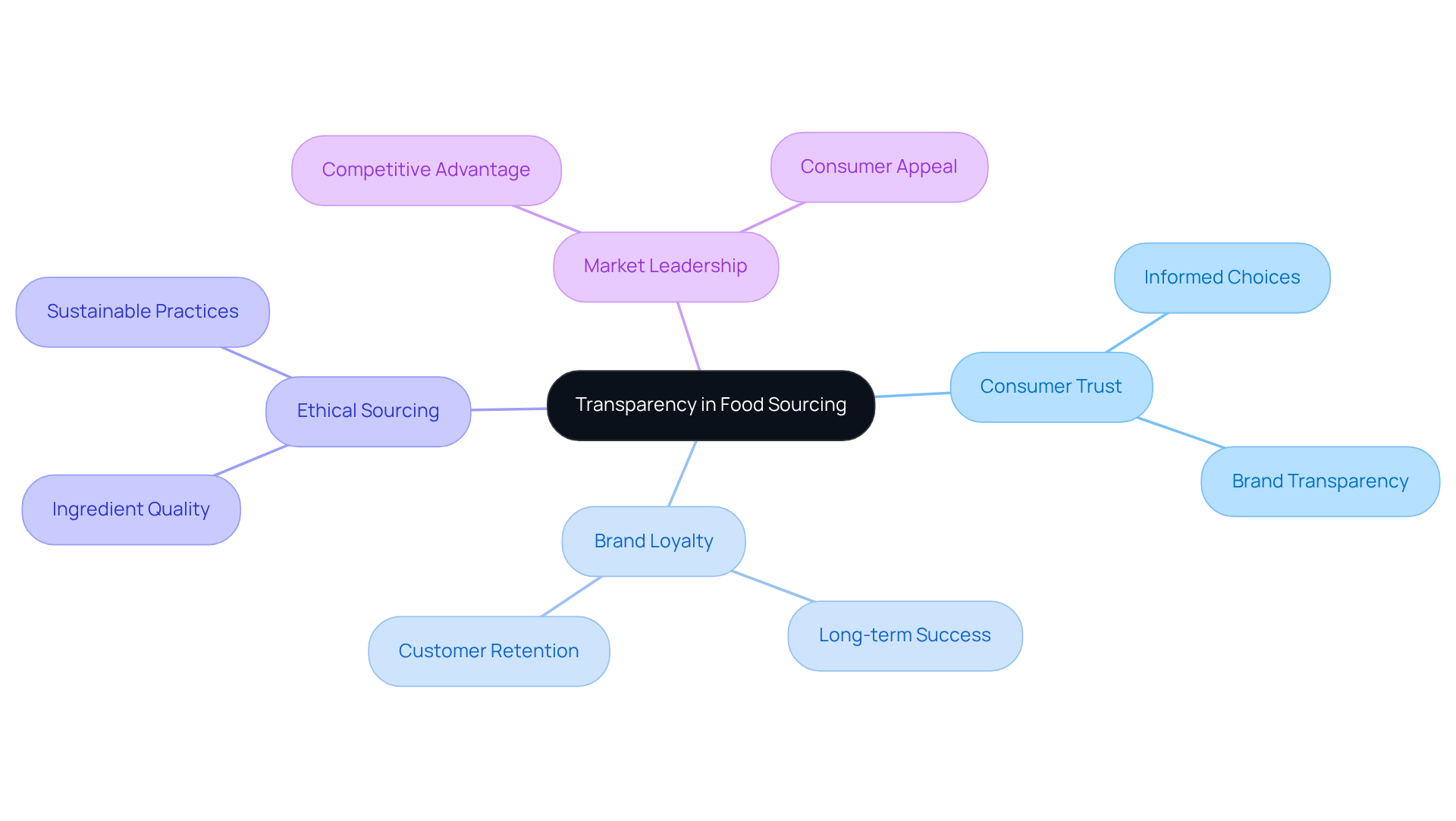
As the consumer mindset shifts, diners are increasingly prioritizing experiences over mere meals. This evolution compels those in the food and beverage hospitality industry, including restaurants and dining service providers, to adapt their offerings to meet these new expectations, such as:
To effectively engage this evolving audience, restaurants can leverage . By maximizing reach through both paid and free exposure, establishments can attract their ideal clientele, whether they are locals or food enthusiasts. Furthermore, unifying brand voice across all digital assets ensures a cohesive client experience, while positions restaurants ahead of the competition.
Moreover, implementing —such as utilizing remarketing techniques and targeting previous guests via email—encourages repeat visits. Consider implementing targeted email campaigns to re-engage former clients and bolster loyalty. By comprehending and addressing these changing preferences within the food and beverage hospitality industry, companies can craft unforgettable experiences that resonate with customers, ultimately fostering loyalty.
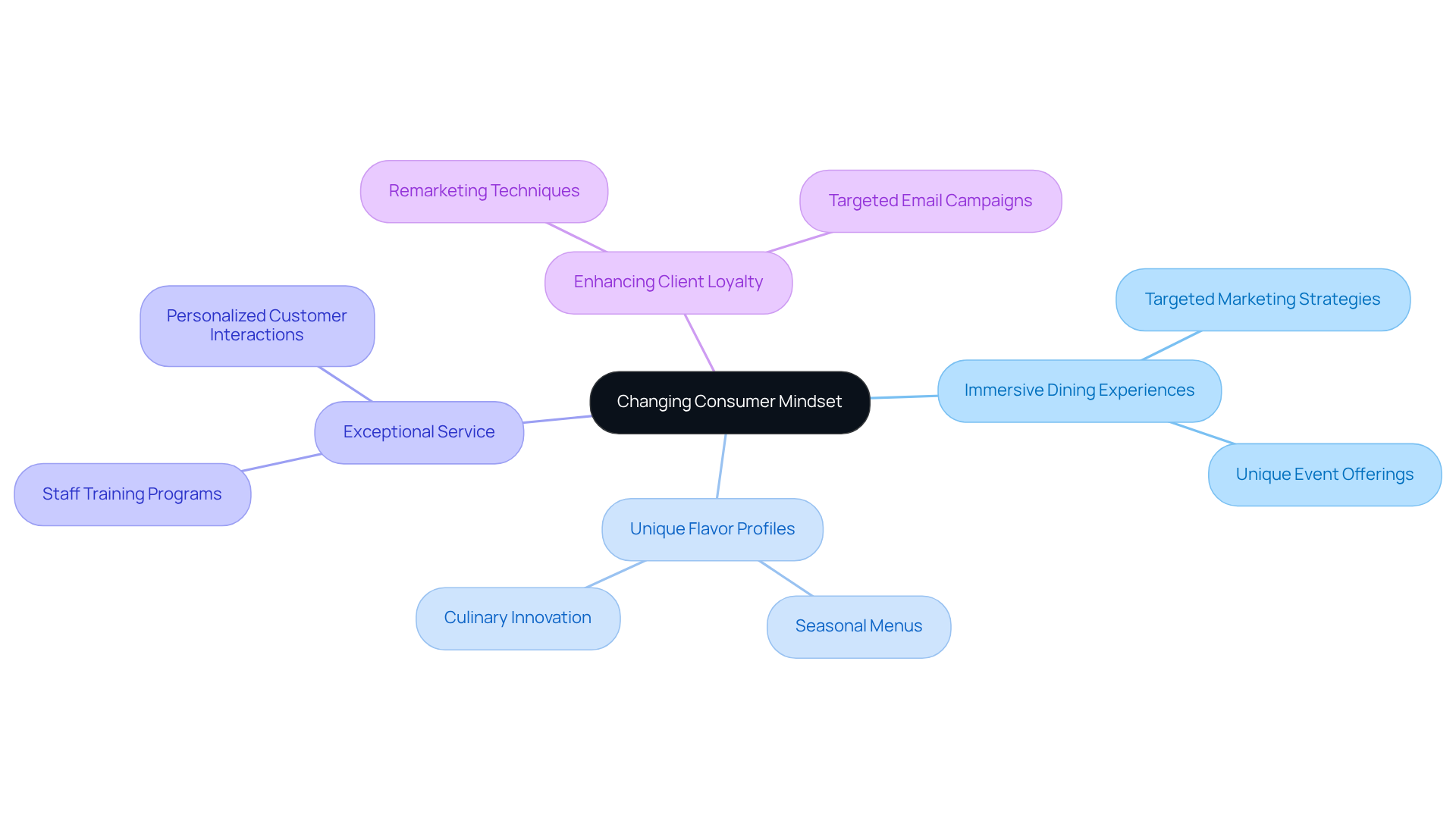
The culinary landscape is undergoing significant evolution, as chefs and food service providers increasingly experiment with alternative ingredients to craft . Ingredients such as jackfruit, quinoa, and seaweed are not just gaining traction; they are celebrated for their unique flavors and notable health benefits. By incorporating these alternatives into their menus, businesses position themselves to eager for new and exciting culinary experiences. This trend not only enhances menu variety but also and responsive to customer preferences.
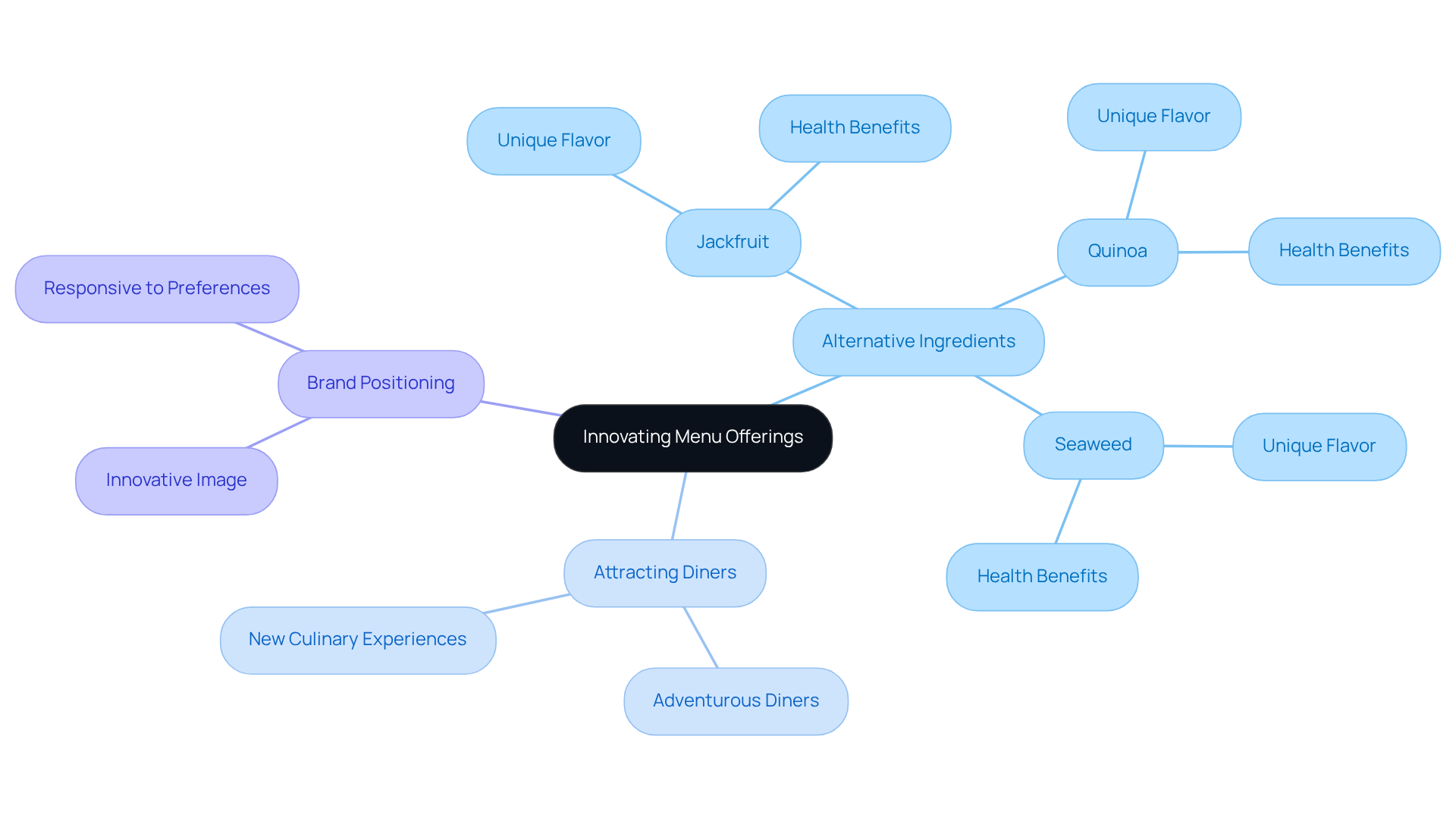
Self-service kiosks and grab-and-go options are revolutionizing convenience in the dining experience. As patrons increasingly demand quick and efficient service, restaurants must adopt to streamline operations.
Self-service kiosks empower patrons to customize their orders and process payments swiftly, significantly . Furthermore, grab-and-go offerings cater to fast-paced lifestyles, providing consumers with convenient meal options that do not compromise on quality.
By embracing these innovations, businesses can not only elevate but also .

The food and beverage hospitality industry is currently in a transformative phase, marked by a combination of innovative practices and shifting consumer preferences. By embracing trends such as sustainability, digital transformation, and personalized nutrition, businesses can enhance operational efficiency and cultivate deeper connections with their customers. These shifts highlight the necessity of adapting to a rapidly evolving market landscape, ensuring that establishments remain competitive and relevant.
Key insights from the article emphasize the critical role of data analytics in revenue management, the increasing demand for plant-based and functional health products, and the essential need for transparency in sourcing. These elements are reshaping menus and redefining the overall dining experience. Establishments that prioritize these trends are likely to experience improved customer loyalty, increased market share, and a stronger brand reputation.
As the industry continues to evolve, it is imperative for businesses to stay ahead of these trends and proactively adapt their strategies. By harnessing the power of innovation and prioritizing consumer needs, establishments can create memorable dining experiences that resonate with today’s conscientious diners. Engaging with these trends will not only enhance operational success but also contribute to a more sustainable and health-focused future in the food and beverage hospitality industry.
What is Lights On and what role does it play in the food and beverage hospitality industry?
Lights On is a company that transforms revenue management in the food and beverage hospitality industry by leveraging data analytics and tailored marketing strategies to optimize pricing and enhance demand generation. This helps increase occupancy rates and maximize revenue streams for hotels and restaurants.
How does Lights On help clients stand out in the market?
Lights On maximizes reach through both paid and organic exposure, unifies brand voice across digital assets, and enhances advertising quality, ensuring that clients distinctly stand out in the competitive market.
What is the average year-over-year revenue growth achieved by clients using Lights On's strategies?
Clients utilizing Lights On's strategies have achieved an impressive average year-over-year revenue growth of 47%.
Why is sustainability important in the beverage industry?
Sustainability is crucial in the beverage industry as it influences consumer preferences, with shoppers increasingly favoring brands that prioritize environmentally friendly practices. This shift helps businesses cultivate a positive brand image and ensures long-term profitability.
What sustainable practices are companies adopting in response to consumer demand?
Companies are adopting sustainable practices by sourcing local components and minimizing waste to meet customer demand for environmentally friendly products.
How is the demand for plant-based foods impacting the food service industry?
The demand for plant-based foods is surging as health-conscious consumers seek nutritious and sustainable dining options. Restaurants and food service providers are responding by integrating more plant-based dishes into their menus to cater to flexitarians and vegans.
What are the benefits of offering plant-based options on menus?
Offering a diverse array of plant-based choices attracts a broader audience, enhances customer satisfaction, and aligns with consumer health trends while addressing environmental concerns associated with meat production.
Transform your group booking strategies with Lights On and watch your occupancy soar.